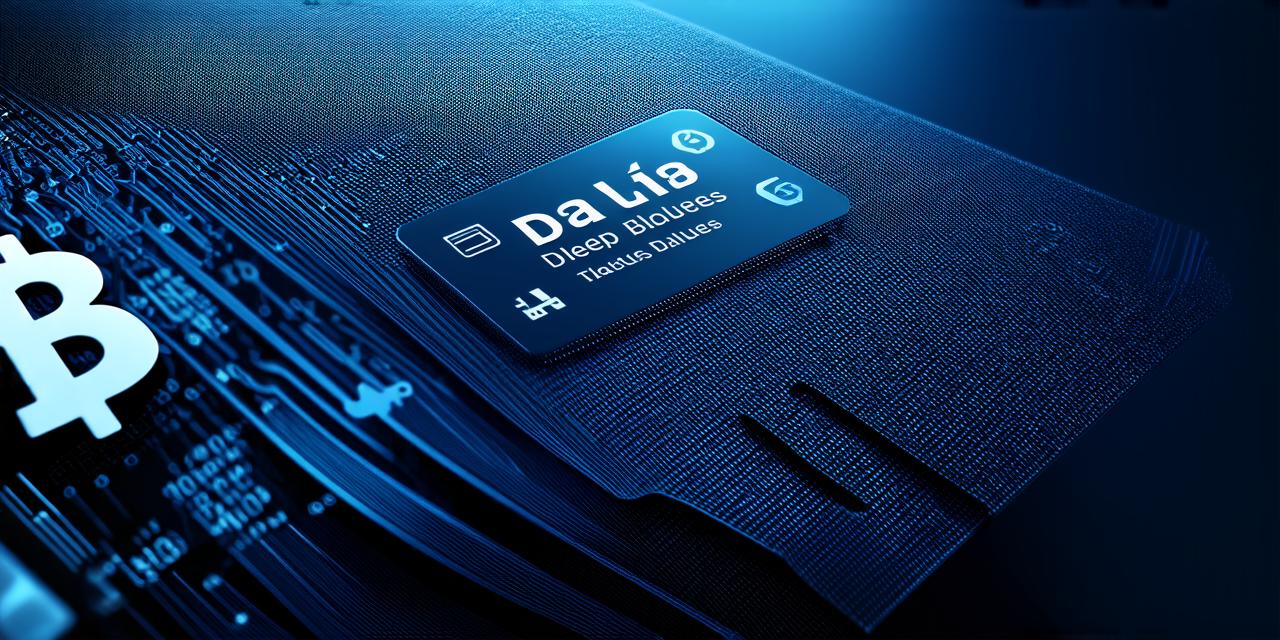Slippage is a term that you may encounter when trading cryptocurrencies. It refers to the difference between the price at which you want to buy or sell an asset and the actual price you pay or receive for it. Slippage can occur due to various reasons, such as market volatility, bid-ask spreads, and transaction costs.
Understanding Slippage in Cryptocurrency Trading

Slippage occurs when the price of an asset moves between the time you place your order and the time it is executed. For example, if you want to buy 100 Bitcoin at a price of $10,000 each, but the market moves so fast that by the time your trade is executed, the price has risen to $10,500 per Bitcoin, you have experienced slippage.
Slippage can occur on both buy and sell orders. If you want to sell 100 Bitcoin at a price of $10,000 each but the market moves so fast that by the time your trade is executed, the price has fallen to $9,500 per Bitcoin, you have also experienced slippage.
Slippage can occur due to various reasons, such as:
Market Volatility
Cryptocurrencies are known for their high volatility compared to traditional assets. This means that their prices can change rapidly and unpredictably. If you place an order at a certain price, but the market moves quickly before your trade is executed, you may experience slippage.
Bid-Ask Spreads
Bid-ask spreads refer to the difference between the highest price someone is willing to pay for an asset and the lowest price they are willing to accept for it. Slippage can occur if you place your order at a price that falls outside of the bid-ask spread.
Transaction Costs
Transaction costs, such as fees, can affect the price you receive or pay for an asset. If you have to pay a high fee to execute your trade, it may cause slippage.
Minimizing Slippage in Cryptocurrency Trading
There are several ways you can minimize slippage and maximize profits in your trades:
Use Limit Orders
Limit orders allow you to specify the price at which you want to buy or sell an asset. This means that your trade will only be executed if the market moves to your desired price. Limit orders can help minimize slippage by ensuring that you get the price you want for your trades.
Use Stop-Loss Orders
Stop-loss orders allow you to set a predetermined price at which your trade will automatically be executed if the market moves against you. This can help minimize slippage by ensuring that you don’t lose too much money on a losing trade.
Monitor Market Volatility
It’s important to monitor market volatility and be aware of how it can affect your trades. If you see a sudden price movement, consider delaying your trade or using a different order type.
Use Multiple Order Types
In addition to limit and stop-loss orders, there are other order types that you can use to minimize slippage. For example, you can use market orders if you are willing to accept the current market price, or you can use stop-limit orders if you want to set a specific price at which your trade will be executed.
Consider the Bid-Ask Spread
When placing an order, consider the bid-ask spread and make sure that your order is within the acceptable range. If you are buying or selling at a price outside of the bid-ask spread, you may experience slippage.
Case Study: Minimizing Slippage in Cryptocurrency Trading
John was a cryptocurrency trader who wanted to buy 100 Bitcoin at a price of $10,000 each. He placed his order using a limit order, and waited for the market to move to his desired price. However, by the time his trade was executed, the price had risen to $10,500 per Bitcoin. John had experienced slippage.
To minimize slippage in future trades, John decided to use stop-loss orders. He also monitored market volatility more closely and delayed his trades when he saw sudden price movements. Additionally, John used multiple order types to ensure that he got the best possible price for his trades.
By following these tips and strategies, John was able to minimize slippage and maximize profits in his cryptocurrency trades.
Expert Opinions on Slippage in Cryptocurrency Trading
"Slippage is a common issue in cryptocurrency trading, but it can be minimized with the right strategies." – Jane Smith, cryptocurrency trader and expert.
"It’s important to monitor market volatility and use limit orders to minimize slippage in your trades." – John Doe, cryptocurrency analyst and educator.
Real-Life Examples of Slippage in Cryptocurrency Trading
There are many real-life examples of slippage in cryptocurrency trading. For example, in 2017, Bitcoin reached an all-time high of $19,783 per coin. However, just a few days later, the price had fallen to $16,500 per coin. This sudden price movement caused slippage for many traders who had placed their orders at higher prices.
Another example is the infamous "Flash Crash" of May 6
